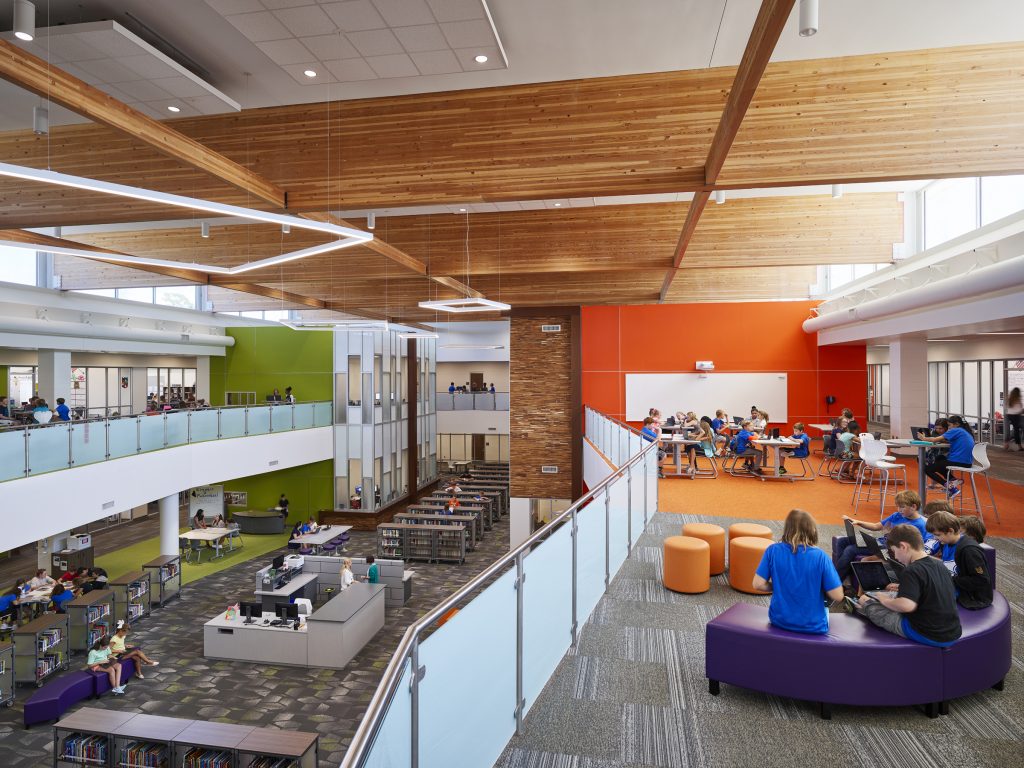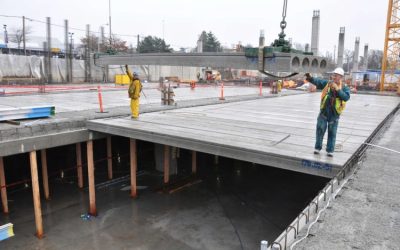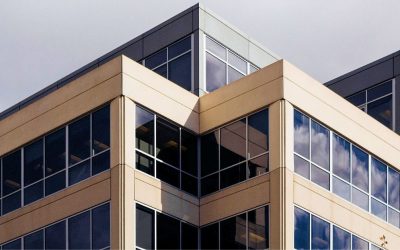Sustainable Building Design Starts with a Super Efficient Baseline Design
Sustainable buildings are in demand in both the commercial and residential markets. In addition, building regulations are becoming more stringent regarding efficiency and sustainability… up to and including regulations like those in California that will require all buildings to be Net Zero in the very near future. TermoBuild’s technology will not get a building to Net Zero on its own. It will, however, get the building much closer to net zero, which will reduce the requirements for renewable sources of energy to get over the net zero threshold (see figure below).
Sustainability is a critical issue in many areas of corporate governance. Companies and buildings that commit to sustainability will contribute to allaying the effects of climate change while gaining a market advantage.

Making buildings more sustainable will help the world achieve its broader sustainability goals of increasing global energy efficiency while minimizing both embedded and operational carbon. The recent pandemic has also elevated ventilation safety as an important construction (and renovation) consideration from this point forward.
Addressing these issues can often mean sacrificing one set of goals for another – in addition to adding cost and complexity to the overall building design. Managing all of these factors, in new construction and retrofits, contributes to a more sustainable building stock that addresses the sustainability needs of the world, as well as the health and safety needs of the tenants and occupants who spend upwards of 90% of their time indoors.




